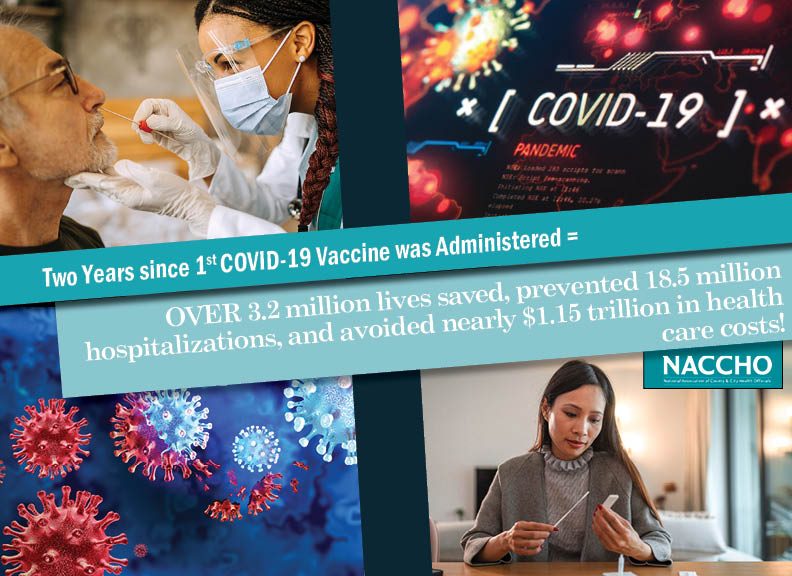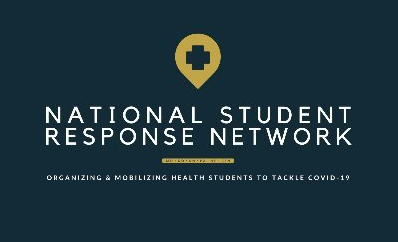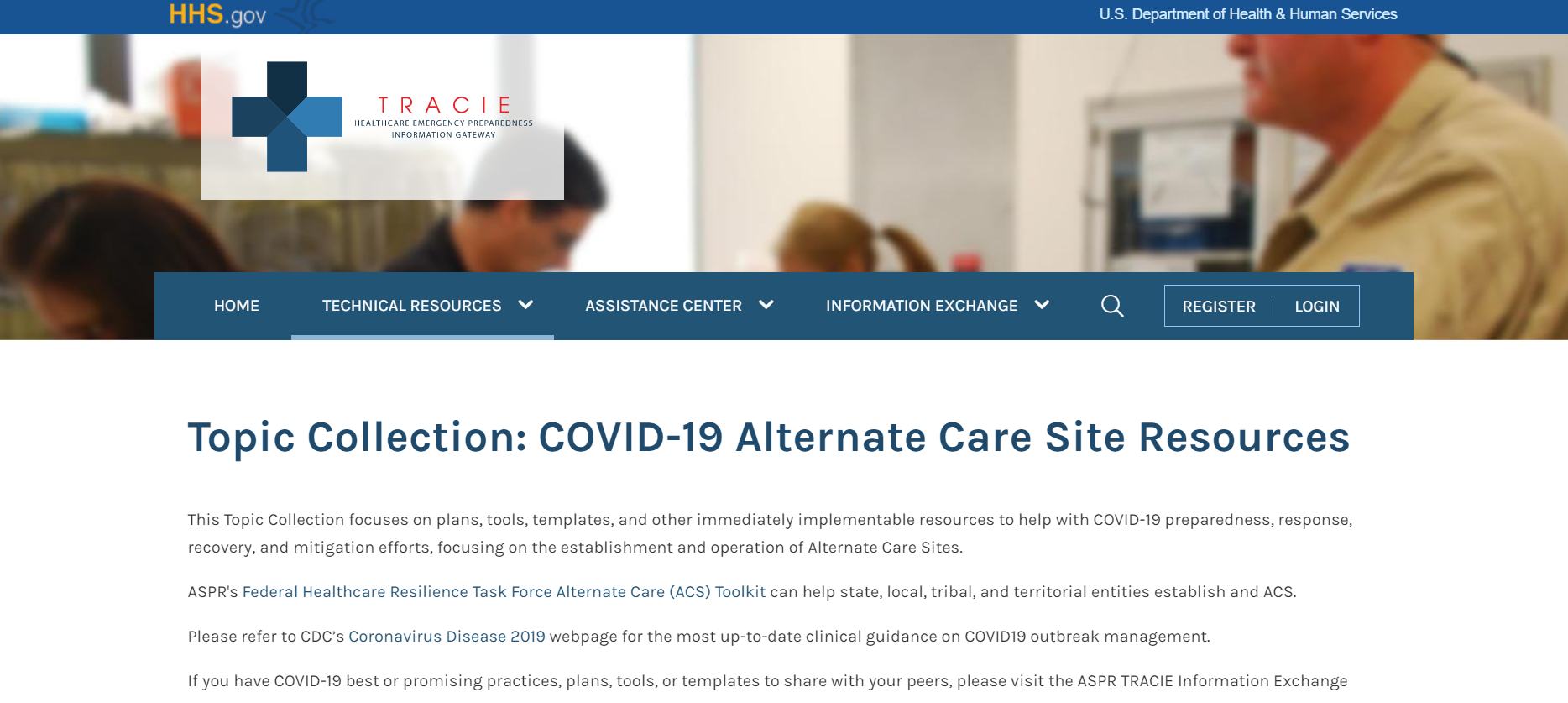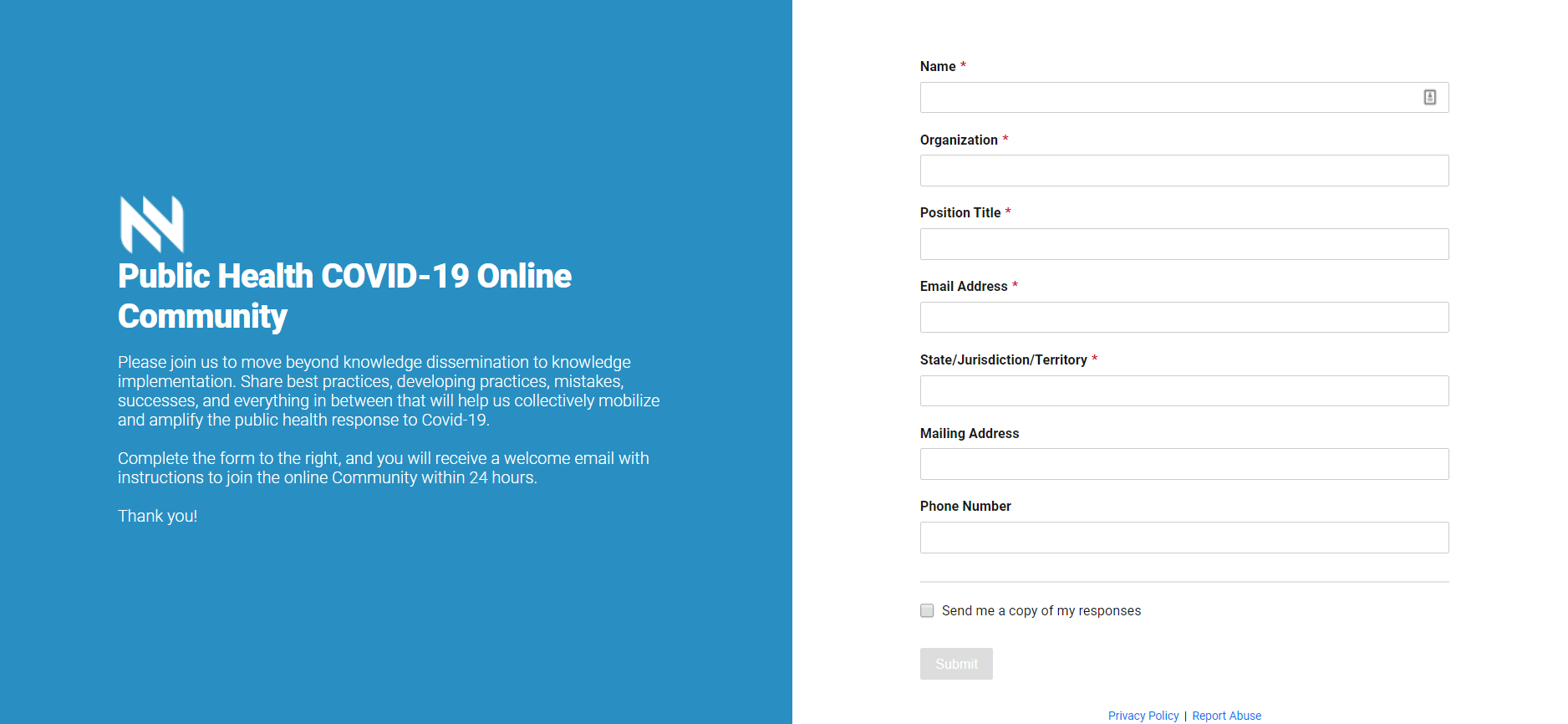Popular Categories
National Terrorism Advisory System Bulletin Update
The Department of Homeland Security (DHS) issued an updated National Terrorism Advisory System (NTAS) Bulletin through May 15, 2017....
Nov 16, 2016 | Katie Dwyer
New York, New Jersey Bombings: Community Preparedness Resources for...
In the aftermath of this Saturday’s active explosions, now likely linked to a joint terrorist attack, occurring in Seaside Park, New...
Sep 19, 2016 | Anastasia Sonneman
Special Events and Mass Gatherings: A Preparedness Perspective
By Steven Alles, MD, MS, MFA, Bioterrorism and Public Health Preparedness Manager, Philadelphia Department of Public Health, and Sarah...
Sep 13, 2016 | Anastasia Sonneman
New NACCHO Radiation Resources for Local Health Departments
Radiation preparedness is no longer just a necessity for jurisdictions neighboring nuclear facilities. In fact, there is concern from...
Jul 19, 2016 | Anastasia Sonneman
Community Planning Framework Available to Help with Medical Surge Planning
Medical surge – defined by the CDC as “the ability of a healthcare system to provide adequate medical care during events that exceed...
Apr 07, 2016 | Stephen Maheux
Lessons from Collaborating Agencies Responding to Disasters: An Interview with...
Coordinated by Susan Sloan, Performance Management Specialist, Whatcom County (WA) Health Department and NACCHO Risk Communications...
Apr 05, 2016 | Guest Author
Gaps Remain for Pediatric Medical Countermeasures
During public health emergencies, children are a particularly vulnerable population as they have unique physical, physiological, and...
Jan 26, 2016 | Raymond Puerini
Measuring Mass Fatality Preparedness – How Does Public Health Stand Up?
Many of the catastrophic hazards that LHDs plan for have serious potential to become mass fatality events. Even in the most...
Jan 13, 2016 | Rachel Schulman
ACMT Webinar Series on Chemical Agents of Opportunity: New Training Modules Available
The American College of Medical Toxicology is presenting the ninth module in the Chemical Agents of Opportunity for Terrorism Webinar...
Jan 07, 2016 | Rachel Schulman
National Terrorism Advisory System Bulletin UpdateThe Department of Homeland Security (DHS) issued an updated National Terrorism Advisory System (NTAS) Bulletin through May 15, 2017. The Bulletin reflects on-going concerns about the threat of homegrown violent extremism, though no specific or credible threat is known at this time. DHS encourages increased public vigilance and awareness, such as through the “If You […] Nov 16, 2016 | Katie Dwyer |
New York, New Jersey Bombings: Community Preparedness Resources for Terrorism-Related IncidentsIn the aftermath of this Saturday’s active explosions, now likely linked to a joint terrorist attack, occurring in Seaside Park, New Jersey and Chelsea, New York – NACCHO remains committed to providing resources for organizations to help in their response to this ongoing public health challenge. To support its member public health departments, NACCHO provides […] Sep 19, 2016 | Anastasia Sonneman |
Special Events and Mass Gatherings: A Preparedness PerspectiveBy Steven Alles, MD, MS, MFA, Bioterrorism and Public Health Preparedness Manager, Philadelphia Department of Public Health, and Sarah Getachew, NACCHO Program Analyst Thousands of special events and mass gatherings (e.g. conventions, sporting events, community based festivals, and parades) take place throughout the year in the U.S. These events can bring hundreds of thousands of people […] Sep 13, 2016 | Anastasia Sonneman |
New NACCHO Radiation Resources for Local Health DepartmentsRadiation preparedness is no longer just a necessity for jurisdictions neighboring nuclear facilities. In fact, there is concern from experts that the threat of a radiological emergency is growing across the nation. Moreover, there are readily available and often poorly protected radioactive materials in use throughout military, academic, research and industrial agencies1. While the probability... Jul 19, 2016 | Anastasia Sonneman |
Community Planning Framework Available to Help with Medical Surge PlanningMedical surge – defined by the CDC as “the ability of a healthcare system to provide adequate medical care during events that exceed the limits of the normal medical infrastructure of an affected community” – is a major concern among the healthcare community during a natural disaster, disease outbreak, or act of terrorism. While many […] Apr 07, 2016 | Stephen Maheux |
Lessons from Collaborating Agencies Responding to Disasters: An Interview with Ana-Marie Jones, Part 1Coordinated by Susan Sloan, Performance Management Specialist, Whatcom County (WA) Health Department and NACCHO Risk Communications and Information Sharing Workgroup member; Interview by Eric E. Holdeman, Principal, Eric Holdeman & Associates Ana-Marie Jones is the Executive Director of CARD – Collaborating Agencies Responding to Disasters, a nonprofit located in Alameda County, CA.... Apr 05, 2016 | Guest Author |
Gaps Remain for Pediatric Medical CountermeasuresDuring public health emergencies, children are a particularly vulnerable population as they have unique physical, physiological, and psychological characteristics that vary from adults. Additionally, the medical products and formulations children need often differ from adults and some medical products may not have the same usage approvals for children as they do for adults. Earlier this month... Jan 26, 2016 | Raymond Puerini |
Measuring Mass Fatality Preparedness – How Does Public Health Stand Up?Many of the catastrophic hazards that LHDs plan for have serious potential to become mass fatality events. Even in the most well-prepared communities, events such as pandemics, chemical spills, radiation releases, mass shootings, and acts of terrorism can still result in extremely high death tolls. Moreover, it doesn’t necessarily take a large number of deaths […] Jan 13, 2016 | Rachel Schulman |
ACMT Webinar Series on Chemical Agents of Opportunity: New Training Modules AvailableThe American College of Medical Toxicology is presenting the ninth module in the Chemical Agents of Opportunity for Terrorism Webinar Series addressing Water, Food, and Medication as Vectors on Wednesday, January 13th, at 3:30pm (EST). All are welcome to register at any time for this module using the registration link on the module website: Module 9: Water, Food, and Medication as Vectors. Note... Jan 07, 2016 | Rachel Schulman |
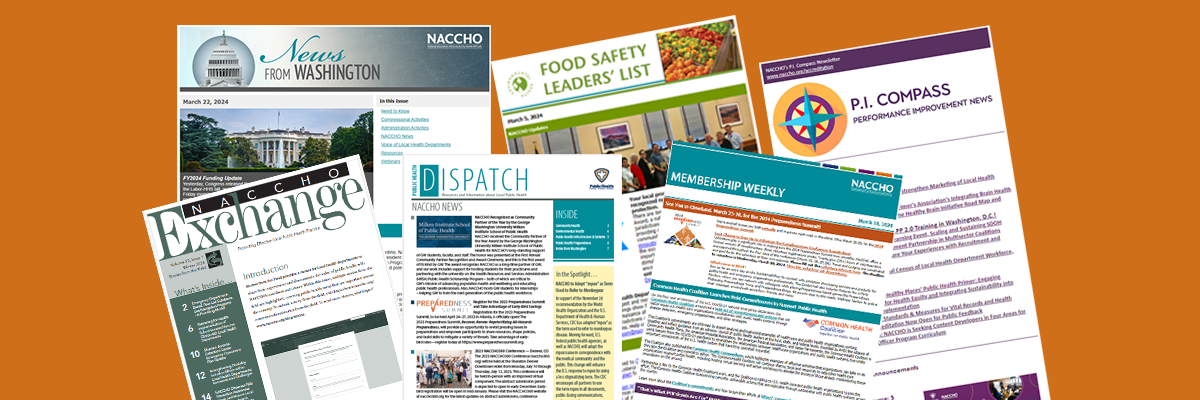
Subscribe Today
Sign Up for the E-mail Digests
Create an account or login to MyNACCHO and go to "My Subscriptions."
SUBSCRIBE NOW